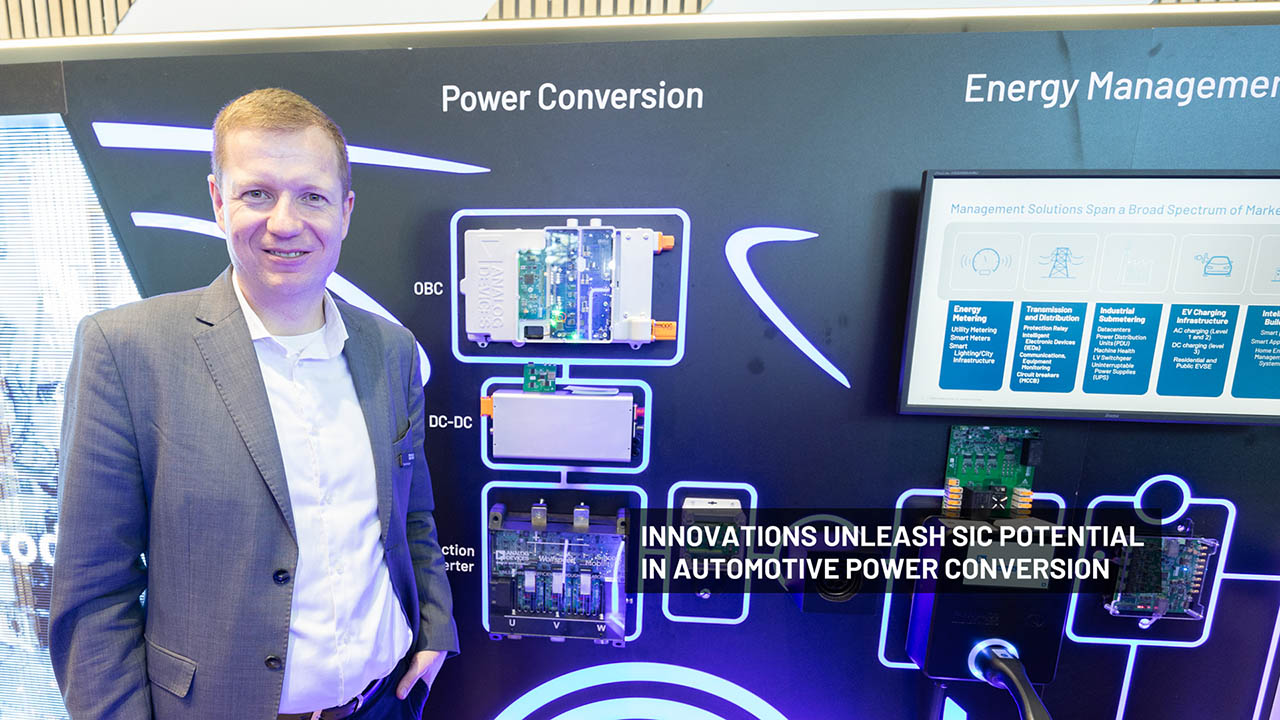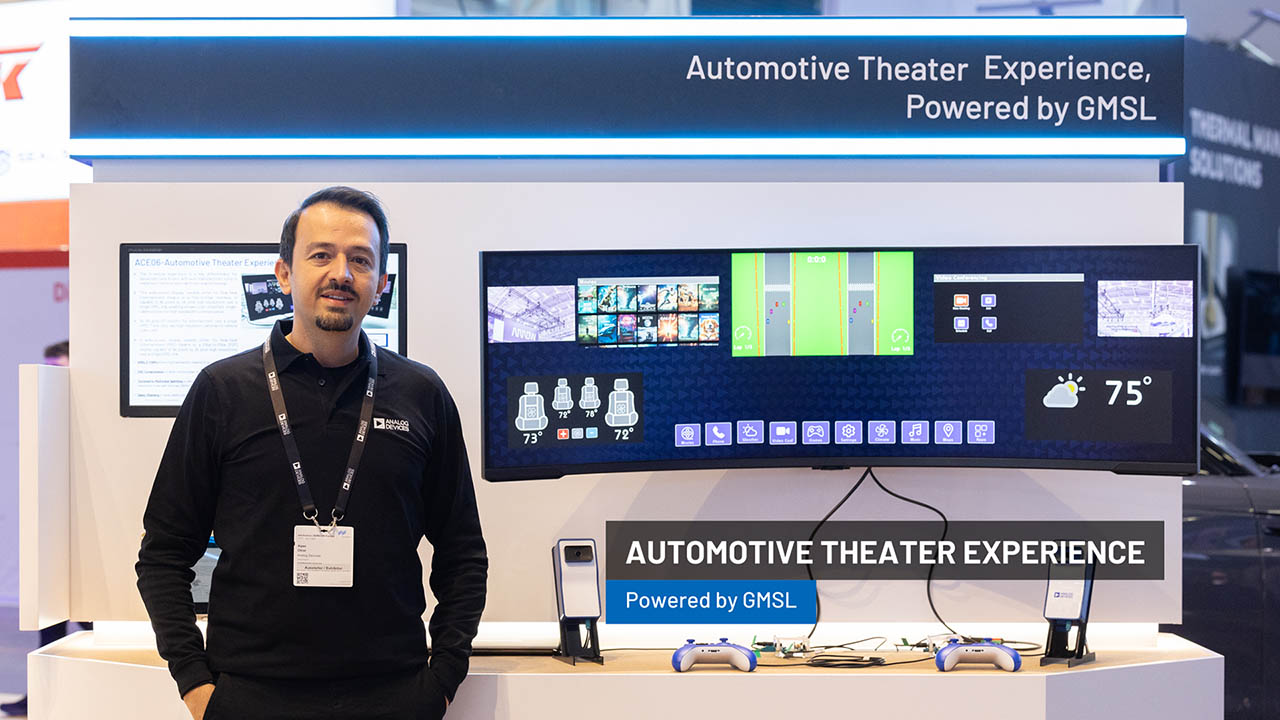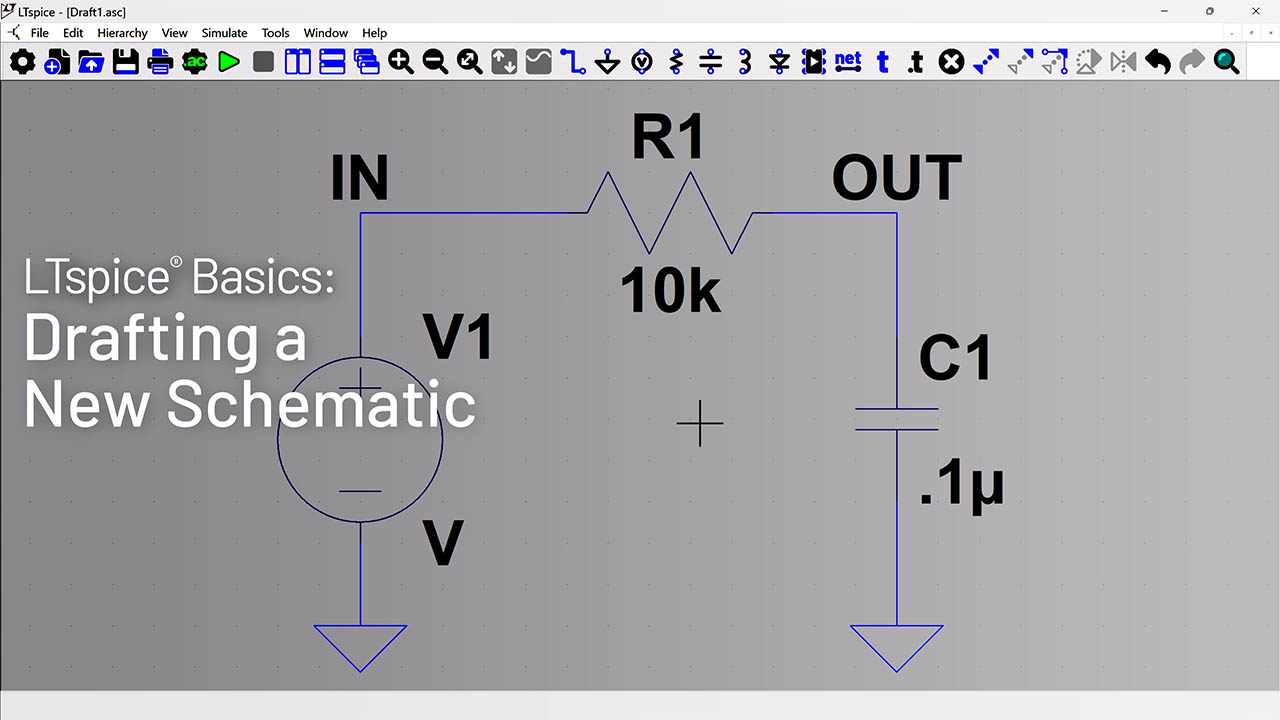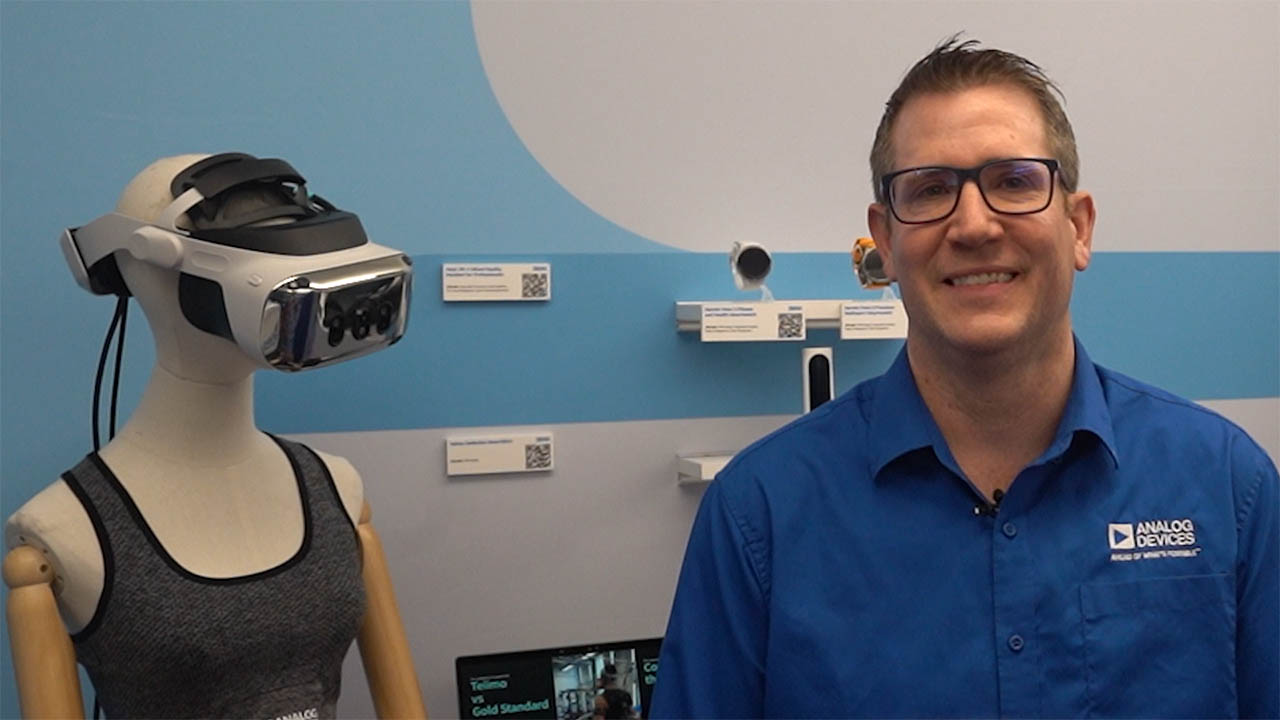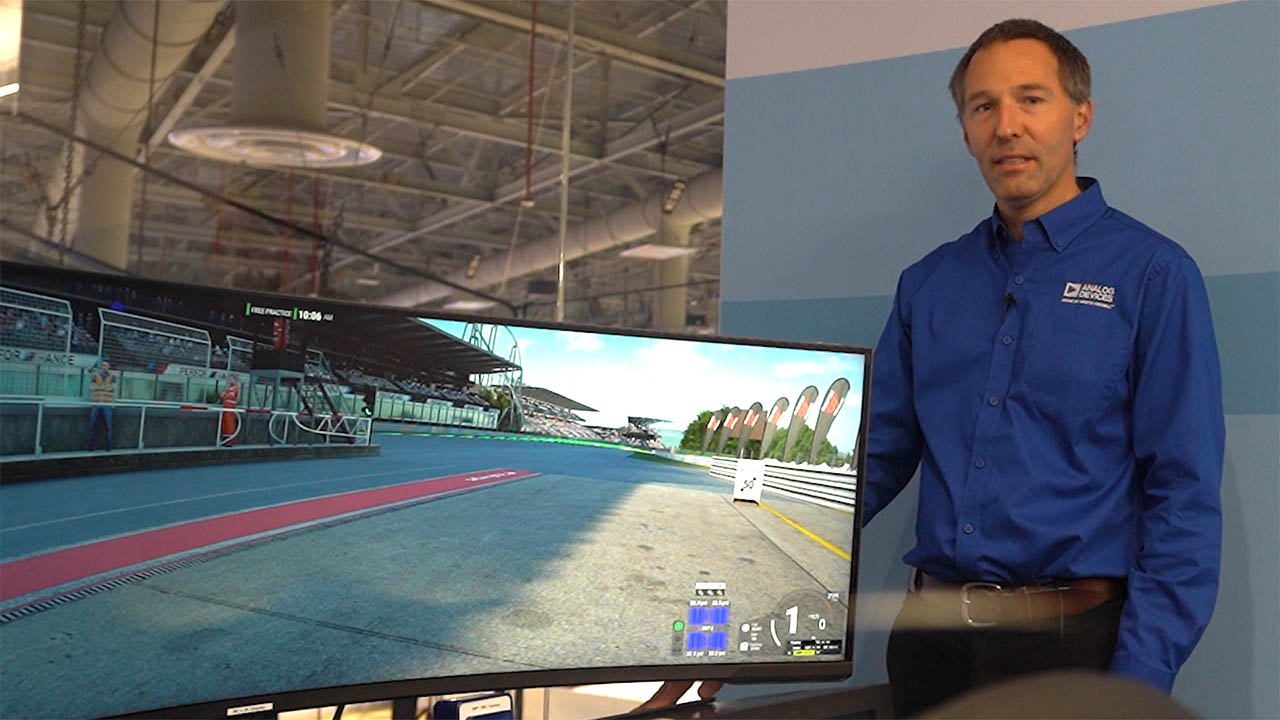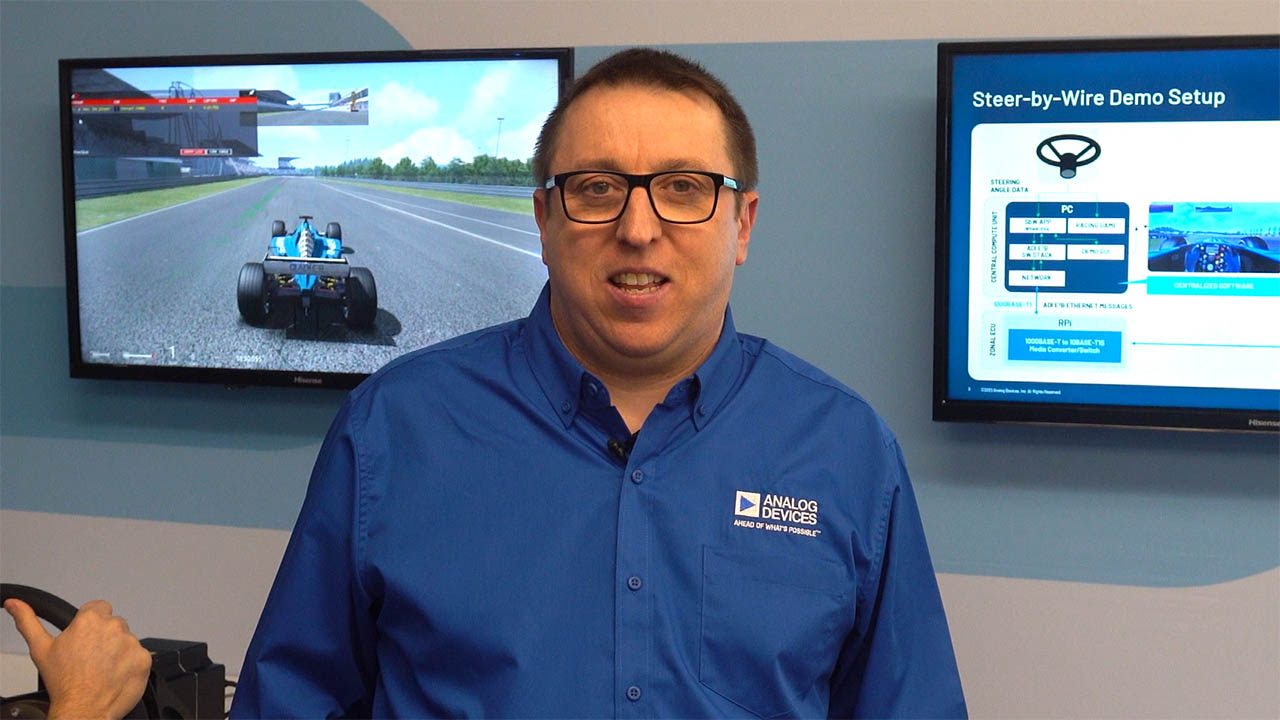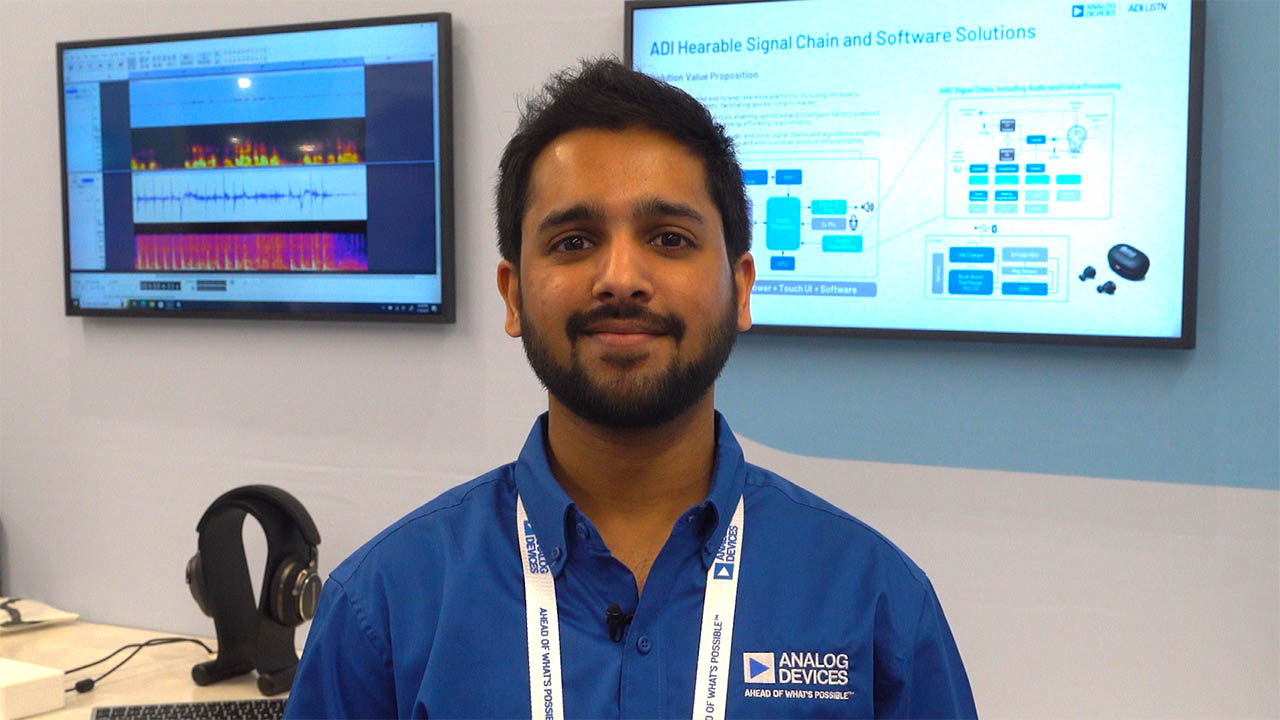Small Form Factor SATCOM Solutions
Traditional ground station satellite communication systems in the Ka-band have relied on an indoor to outdoor configuration. The outdoor unit includes the antenna and a block downconversion receiver that outputs an analog signal in the L-band. The signal is then passed to the indoor unit, which contains the filtering, digitization, and processing systems. Because there are typically few interfering signals in the Ka-band, the outdoor unit is focused on optimizing the noise figure at the expense of linearity. The indoor to outdoor configuration works well for ground stations, but is difficult to transition into a low size, weight, and power (SWaP) environment. Several new markets are driving the need for small form factor Ka-band access. Unmanned aerial vehicles (UAVs) and dismounted soldiers would benefit from having access to these communication channels. For both UAVs and dismounted soldiers, radio power consumption directly translates to battery life, which translates to mission length. Additionally, legacy Ka-band channels that used to be specific to airborne platforms are now being considered for wider access. This means that the airborne platform that traditionally only needed to downconvert a single Ka-channel may now need to operate on multiple channels. This article will outline the design challenges that are faced in Ka-band, as well as outline a new architecture that will allow for low SWaP radio solution for these applications.
Introduction
Recent trends in the SATCOM industry show a push from X- and Ku-band up to Ka-band transmissions. This push is largely driven by the ease at which wider bandwidth transceivers can be realized in this frequency range. At the same time, the overall number of transmitters throughout the X-, Ku- and Ka-band is growing. Historically, there have been very few transmitters in Ka-, but as this trend continues, the spectrum in this range is becoming more and more congested. This presents challenges in transceiver design for these systems, especially for low SWaP markets where the size and power limit attainable selectivity. Due to the increasing selectivity pressures, a natural trade-off exists with the sensitivity. In some cases, such as in mobile platforms where the spectral environment is less defined, this trade-off will make sense. In other platforms where interference is very predictable, sensitivity will still remain the highest priority.
Indoor and Outdoor Overview
In a typical permanent SATCOM installation, there exists a divide in functionality between the outdoor equipment and the indoor equipment. The outdoor equipment consists of the Ka-band antenna, low noise block (LNB), and downconversion stage which converts the Ka-band signal down to L-band before sending to the indoor unit. The LNB and downconversion stage are typically combined into a single unit with an output that uses either coax or fiber to send the signal indoors for further processing. Converting down to a 1 GHz to 2 GHz signal right at the antenna prevents additional loss though the cable to the indoor unit. The indoor unit consists of an L-band receiver and demodulator. This unit is responsible for further filtering, digitizing, and processing the signal. Additionally, it interfaces with the ground transport network to send information to a central processing location.
On the transmit side, the waveform generation occurs in the indoor equipment at L-band. The signal is sent through coax or fiber to the outdoor equipment. The outdoor equipment consists of a block upconverter (BUC) which takes the signal from L-band up to Ka-band, an HPA to amplify the signal up to the desired transmit level, and an antenna. If the antenna is shared between receiver and transmitter, there also exists a duplexer to isolate the transmitter signal from the receiver signal.
Size and Power
Due to their permanent installation, components in the fixed installation sites are not typically designed for low SWaP. The outdoor LNB can be as large as 10" × 4" × 4" depending on features and filtering. This is typically placed as close to the antenna feed as possible to optimize system noise figure. The outdoor BUC is typically the same size whereas the outdoor HPA can be very large depending on the output power requirements. The indoor equipment is composed of a 19" wide rack-mounted demodulator, which may be stacked alongside other rack-mounted modems or processing equipment. Although this equipment accomplishes the task of receiving and transmitting SATCOM signals, it does not always do so in a SWaP efficient manner.
Low SWaP Markets
As the world trends toward more mobile communication and the expectation grows that communication and data links should be available even in the most remote areas, the market is driven toward lower SWaP solutions.
In recent years, the use of UAVs has grown for both government and commercial purposes. UAVs may be used in remote areas of the world over hundreds of miles away from their home base and will increasingly rely on satellite communication to send collected data, and receive commands from their operators. Additionally, we are seeing the commercial world start to come up with more and more uses for drones, many of which require communications both with satellites and with other aircrafts. All of this results in higher spectrum use where there historically has been very little. As the spectrum becomes more crowded—filtering, frequency planning, and flexibility become more and more critical.
Another market where low SWaP SATCOM continues to grow is in the handheld and man pack space. The demand on handheld units is increasing with the desire to transmit and receive more than just secure communications. There exists a desire to quickly send data including pictures, audio files, maps, and other data, as well as to capture wider bandwidth signals. This demand drives increased instantaneous bandwidth while keeping the form factor the same or smaller than previous generations, as well as decreasing power consumption to avoid carrying heavy and costly battery packs. Similar SWaP limitations exist in tactical vehicles that are constrained by their own power availability and smaller spaces.
In addition, there are potential advantages to having a waveform agnostic system that can be configured to perform within any given waveform environment. In some military systems today, there would need to be three to five different transceiver systems on a given aircraft to facilitate the communication between different systems. By combining these into a waveform agnostic system with software definable flexibility, the size can be decreased by 5×.
Design Challenges for Low SWaP
With all of the increasing demands from low SWaP markets, there are many challenges to overcome. For one, the filtering requirements alone drive much of the size of these systems. With the increased frequency range to Ka-band, it becomes more difficult to achieve the same rejection when converting down to a 1 GHz intermediate frequency (IF). This drives up the number of filters or filter size required. These filters do not come cheap either, typically costing up to $200 or more each. In this respect, a higher IF would be beneficial by easing some of the filtering requirements.
Furthermore, in low SWaP markets, different nodes of the network communicate in a mesh style where there is no ground infrastructure for parts of the network. Without a central location to accomplish the processing, this means that each transceiver must be able to process the data it receives. Whereas traditional SATCOM markets have a break between the antenna and the processor, in low SWaP markets, it is desirable to move the digitization and FPGA as close to the antenna as possible. This local processing places limitations on the amount of bandwidth that should be used over this type of network as processing wider bandwidths requires higher clock rates and more power hungry devices. In traditional fixed installation Ka-band networks, up to 1 GHz of instantaneous bandwidth may be used. In the low SWaP market, a more practical 100 MHz to 200 MHz is expected.
The traditional way to solve these receiver challenges is with a superheterodyne architecture, which would convert the Ka-band down to L-band, or may even have an intermediate stage before converting down to the L-band. Using this approach does not afford low SWaP due to the large filters, high part counts, and power hungry devices. With all of these constraints, the typical superheterodyne architecture is starting to show its age in this application.
High IF Architecture
A better and more appropriate architecture for these markets is referred to as the high IF architecture. This architecture takes advantage of recent advances in technology around direct conversion transceivers. In a direct conversion transceiver, the incoming RF energy is converted directly to baseband, and split into separate I and Q streams. These products have increased their frequency range as high as 6 GHz, allowing new unique use cases. Historically, performance of these parts has been subpar for military and commercial systems that demanded very high performance. However, recent advances show that the high performance demands can be met with this technology.
Some of the recent advances in these parts include increased bandwidth, improved linearity, integrated digital signal processing functionality, and improved calibration. Typical bandwidth associated with these parts ranges as high as 200 MHz and is adjustable for situations where the bandwidth is not required. The improved linearity of such parts also allows increased performance in a crowded spectral environment. This comes at a slight hit to sensitivity but in such an environment, such a trade-off is necessary. Additionally, having the integrated DSP functions reduces the burden on the FPGA in the system, saves power, and reduces complexity. The integrated FIR filters found on these parts further contribute to solving many of the channel selectivity issues seen in a congested environment.
Another advancement of this class of parts is the integration of continuous time, Σ-Δ ADCs (CTSDs). This type of ADC has inherent antialias rejection, so SAW filters are no longer a requirement, which helps to reduce latency in such systems.
In the high IF architecture, the Ka-band is not directly converted to baseband but converted first to a high IF, which is then fed into the direct conversion receiver. Due to the increased frequency range of these converters, this IF can be placed between 5 GHz and 6 GHz. The increase of this IF frequency from 1 GHz (in a typical system today) to 5 GHz eases the filtering of the front-end filters significantly by placing the image frequency range much further away than previously. Easing the front-end filtering is one factor driving down the size of such a system.
Example System with the AD9371
An example of such a system is shown in Figure 1. This system consists of a receiver channel between 17 GHz and 21 GHz, and a separate transmitter channel between 27 GHz and 31 GHz. Starting with the receiver channel, incoming RF energy is first amplified with a Ka-band LNA, then filtered down to allow 17 GHz to 21 GHz through to the mixer. The mixer converts the 17 GHz to 21 GHz band down to a 5 GHz IF in 100 MHz chunks with a tunable LO with a range of 22 GHz to 26 GHz. The front-end filter addresses image rejection in the 27 GHz to 31 GHz range, LO rejection, as well as general rejection for out of band signals that may cause spurious signals from m × n images through the mixer. This filter is more than likely required to be custom, but the decreased demands on this filter mean its size, weight, and cost will be lower than in a traditional system.

Figure 1. Receiver and transmitter SATCOM system example with AD9371.
Once the RF front end has been converted to the high IF of 5 GHz, there is additional amplification and filtering before being sent to the AD9371. The filtering required in the high IF is light and can be accomplished easily with off the shelf, cheap, small LTCC filters. The main concern here is to ensure no IF harmonics are hitting the AD9371.
| Performance | |
| Gain | 37 dB |
| Gain Adjust Range | 30 dB |
| Noise Figure | 4 dB |
| IIP3 | –3.5 dBm |
| Psat (Full Gain) | –35 dBm |
| Bandwidth | 100 MHz |
| DC Power (including LO gen) | 3.3 W |
On the transmit side, the AD9371 can be used to generate and output a waveform up to +4 dBm at 5 GHz on its output. The IF is placed at a frequency of 5.3 GHz as opposed to 5.1 GHz on the receiver to reduce any possibility of crosstalk between the two channels. The output is then filtered to reduce harmonic levels and then fed into an upconverting mixer to convert up to the 27 GHz to 31 GHz front end. This can be accomplished with the same LO as on the receiver side with a range of 22 GHz to 26 GHz.
| Performance | |
| Output Power | 21 dBm |
| Output Adjust Range | 42 dB |
| Noise Floor | –151 dBc/Hz |
| OIP3 | 32 dBm |
| Bandwidth | 100 MHz |
| DC Power (including LO gen) | 4 W |
In addition, the use of the direct conversion transceiver allows for more flexibility in the frequency planning. Although one example has been shown here, there are many possible frequency bands that can utilize the same architecture. The ability of the AD9371 to change its IF frequency quickly and easily provides that system flexibility to avoid problematic spurious responses, or performance optimization that is expected out of a software-defined radio.
Conclusion
The need to be connected through communications and data in all parts of the world has driven the number of SATCOM transceivers ever higher. In recent years, the increasing congestion in the X- and Ku-bands has pushed low SWaP systems more and more into the Ka-band. Whether it be the rise in the number of UAVs, handheld radios, or tactical vehicle mounted SATCOM networks, there clearly exists a demand for innovative approaches to reduce SWaP, while maintaining high performance metrics. In the high IF architecture, we have shown a suitable platform to achieve higher selectivity in these bands, while taking advantage of the small size and low power of integrated direct conversion transceivers available today. The use of the AD9371 as an IF transceiver enables an order of magnitude decrease in size for the overall transceiver, providing myriad solutions to solve the next generation of SATCOM dilemmas.
著者について
{{modalTitle}}
{{modalDescription}}
{{dropdownTitle}}
- {{defaultSelectedText}} {{#each projectNames}}
- {{name}} {{/each}} {{#if newProjectText}}
-
{{newProjectText}}
{{/if}}
{{newProjectTitle}}
{{projectNameErrorText}}





